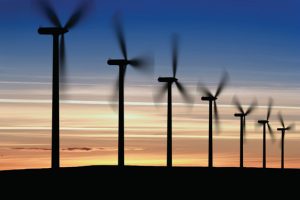Energy Comes in Many Forms
Can you imagine a world without energy? You wouldn’t be able to play computer games, ride a bicycle, or talk on the phone. Cars and trucks wouldn’t move. Lights wouldn’t shine. Plants wouldn’t grow. Without energy, nothing would happen!
Energy is the ability to change or move matter.
Just about everything you see, hear, and feel depends on energy. Energy comes in many forms.
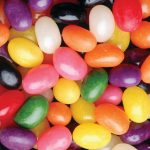 Chemical energy is energy that is released by a chemical reaction. The food you eat contains chemical energy that is released when you digest your meal. Wood, coal, gasoline, and natural gas are fuels that contain chemical energy. When these fuels are burned, the chemical energy is released as heat.
Chemical energy is energy that is released by a chemical reaction. The food you eat contains chemical energy that is released when you digest your meal. Wood, coal, gasoline, and natural gas are fuels that contain chemical energy. When these fuels are burned, the chemical energy is released as heat.
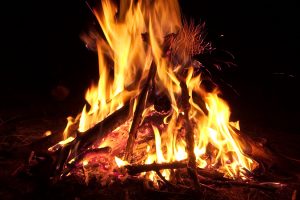 Radiant energy is energy that can move through empty space. The sun and stars are very powerful sources of radiant energy. The heat and light given off by light bulbs and campfires are also forms of radiant energy.
Radiant energy is energy that can move through empty space. The sun and stars are very powerful sources of radiant energy. The heat and light given off by light bulbs and campfires are also forms of radiant energy.
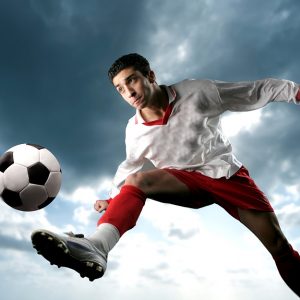 Mechanical energy moves objects from place to place. You use mechanical energy when you kick a ball or turn the pedals of a bicycle. Other examples of mechanical energy include water flowing in a stream or tires rolling down a road.
Mechanical energy moves objects from place to place. You use mechanical energy when you kick a ball or turn the pedals of a bicycle. Other examples of mechanical energy include water flowing in a stream or tires rolling down a road.
Meet the Atom
An atom is the smallest unit of matter. So far, scientists have found 112 different kinds of atoms. Everything in the world is made of different combinations of these atoms. Every atom has a nucleus in the center. Tiny particles called electrons travel around the nucleus. The flow of electrons produces electricity.
Energy Can Move and Change
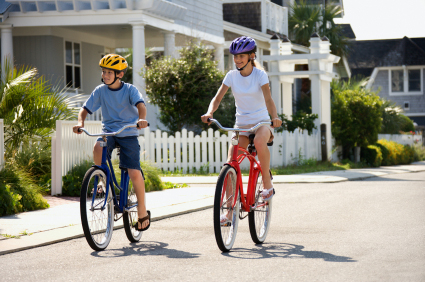
Energy can be transferred, or moved, from one object to another.
When you ride a bicycle, you transfer mechanical energy from your legs to the pedals. The pedals transfer the energy to the bicycle gears, which transfer the energy to the tires. The rolling tires move the bike along the street.
When a cat sits on a sunny windowsill, radiant energy from the sun is transferred through the window to the cat’s fur. The radiant energy heats up the fur and the cat’s body.
Suppose you eat a hamburger for lunch. Later that afternoon, you run in a race. Your body, through the digestive process, changes the chemical energy in the hamburger to the mechanical energy of your arms and legs so you can run.
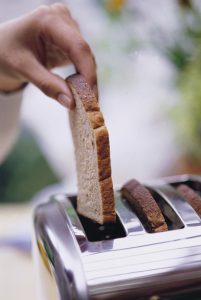 A toaster changes electrical energy to heat. Electricity flows into the toaster’s heating elements, which are made of wires. The flow of electricity heats the wires. Heat from the wire is transferred to the slice of bread. Up pops your toast!
A toaster changes electrical energy to heat. Electricity flows into the toaster’s heating elements, which are made of wires. The flow of electricity heats the wires. Heat from the wire is transferred to the slice of bread. Up pops your toast!
A car changes the chemical energy of gasoline to the mechanical energy of wheels turning. Inside a car’s engine, gasoline is burned in small bursts. Each burst of energy creates motion in the engine’s crankshaft and other moving parts. This motion is transferred to the wheels of the car, making them turn.
Resources Used to Make Electricity
You probably know that most of the electricity you use is produced in a power plant and travels to your home and school through special wires. But do you know what energy sources are used to run power plants?
Energy resources can be divided into two categories: nonrenewable and renewable.
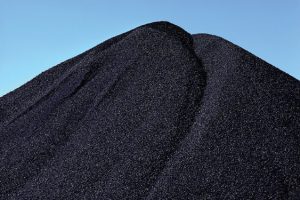 Nonrenewable Resources
Nonrenewable Resources
A nonrenewable resource is a resource that can be used up. Fossil fuels, which include coal, oil, and natural gas, are nonrenewable because it took millions of years for them to form. Once we use up our fossil fuels, they will be gone for good.
Many power plants use fossil fuels. The fossil fuel is burned to produce heat, which is used to make steam. The steam is then used to turn the blades of a turbine.
Some power plants run on nuclear power, which is another nonrenewable resource.
Nuclear power plants rely on uranium, a type of metal that is mined from the ground and specially processed. Heat released from splitting uranium atoms is used to convert water into steam that turns turbines.
Renewable Resources
A renewable resource is fairly easy to replace. Renewable energy resources include wood, wind, sunshine, geothermal energy, biomass, and water stored behind dams in lakes and reservoirs. Electricity can be produced using several kinds of renewable resources.
Wind energy can produce electricity in regions where steady winds blow. Giant wind turbines capture the wind’s energy and use it to power generators.
Biomass includes organic materials such as wood, agricultural crops or wastes, and municipal wastes. Biomass can be burned to produce electricity, or be converted to a gas and used for fuel.
Geothermal energy uses hot water or steam from deep beneath the earth’s surface to produce electricity.
Hydroelectric power is generated using the energy created by falling water to spin the generator turbines of hydroelectric power plants and make electricity.
Solar energy can also be used to produce electricity. Solar cells change the radiant energy of the sun into electrical energy. Some calculators and portable radios are powered by solar cells. Solar panels, or modules, placed on a rooftop can supply electricity to the building below.
Electricity Is Produced in Power Plants
Have you ever watched a pinwheel spin in the wind? The mechanical energy of the wind causes the blades of the pinwheel to turn. Energy is transferred from the wind to the pinwheel. A similar transfer of energy happens when electricity is generated.
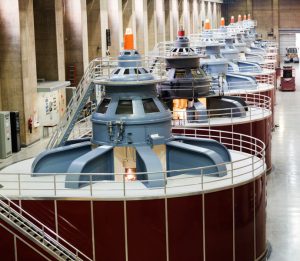 Generators in power plants produce most of the electricity we use. Inside a generator, an energy source is used to turn the blades of a wheel called a turbine. Energy is transferred from the energy source to the turbine blades.
Generators in power plants produce most of the electricity we use. Inside a generator, an energy source is used to turn the blades of a wheel called a turbine. Energy is transferred from the energy source to the turbine blades.
The turbine is attached to an axle and a very large magnet. The spinning of the turbine causes the axle and magnet to spin. Mechanical energy is transferred from the turbine to the magnet.
A huge coil of wire surrounds the magnet. As the magnet spins, it creates a flow of electricity in the wire. The mechanical energy of the spinning coil changes to electrical energy in the wire.
The wire is hooked up to power lines that allow the current to travel between the power plant and the electrical wires in homes, schools, and businesses. When you turn on a device like a TV or a computer, you direct the electricity to travel through the wires to run that device.




